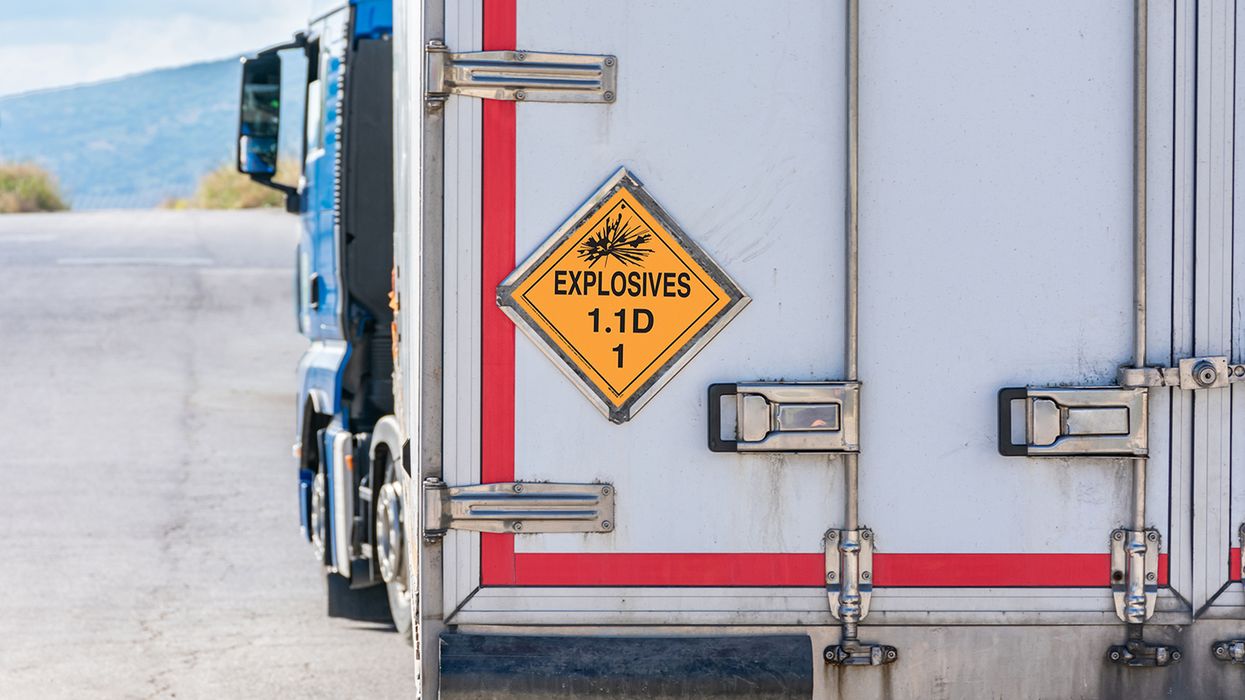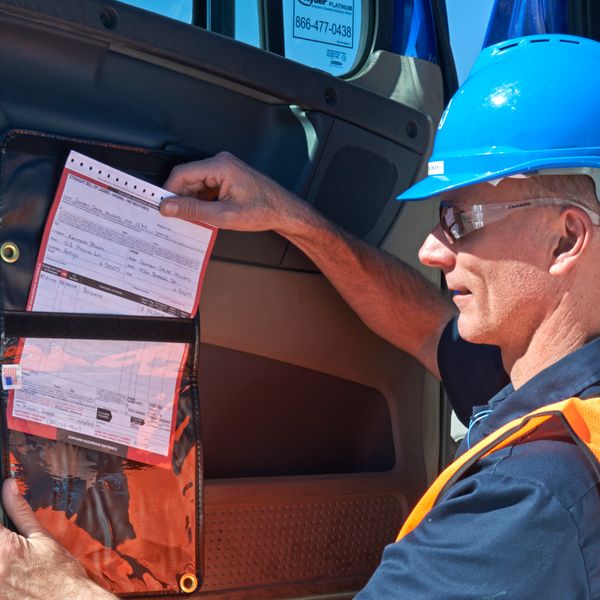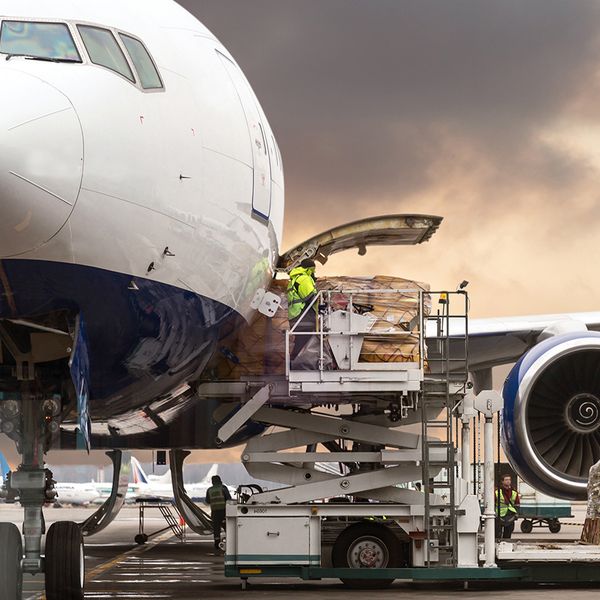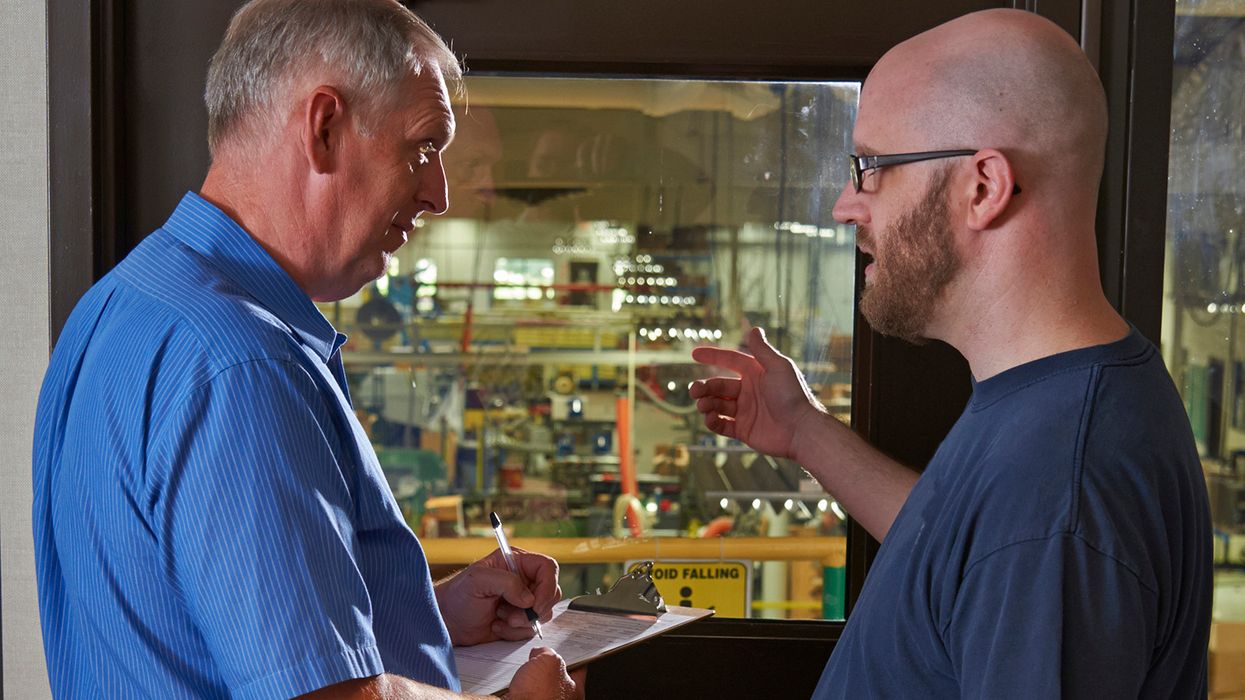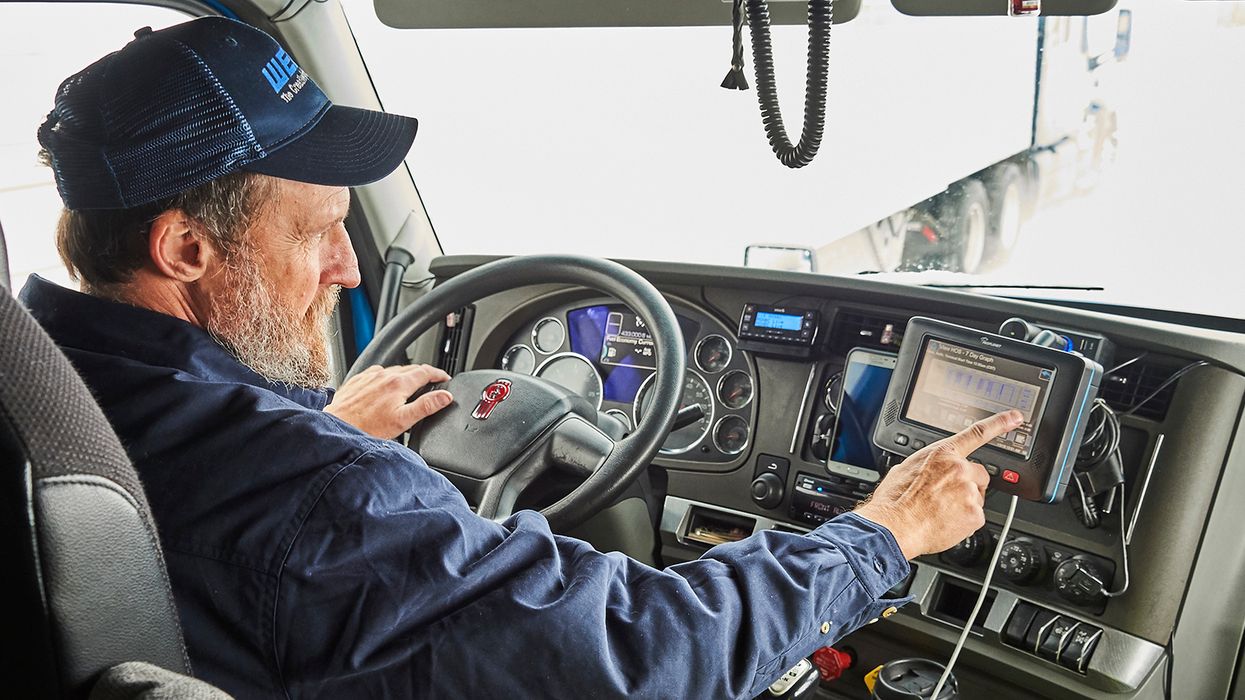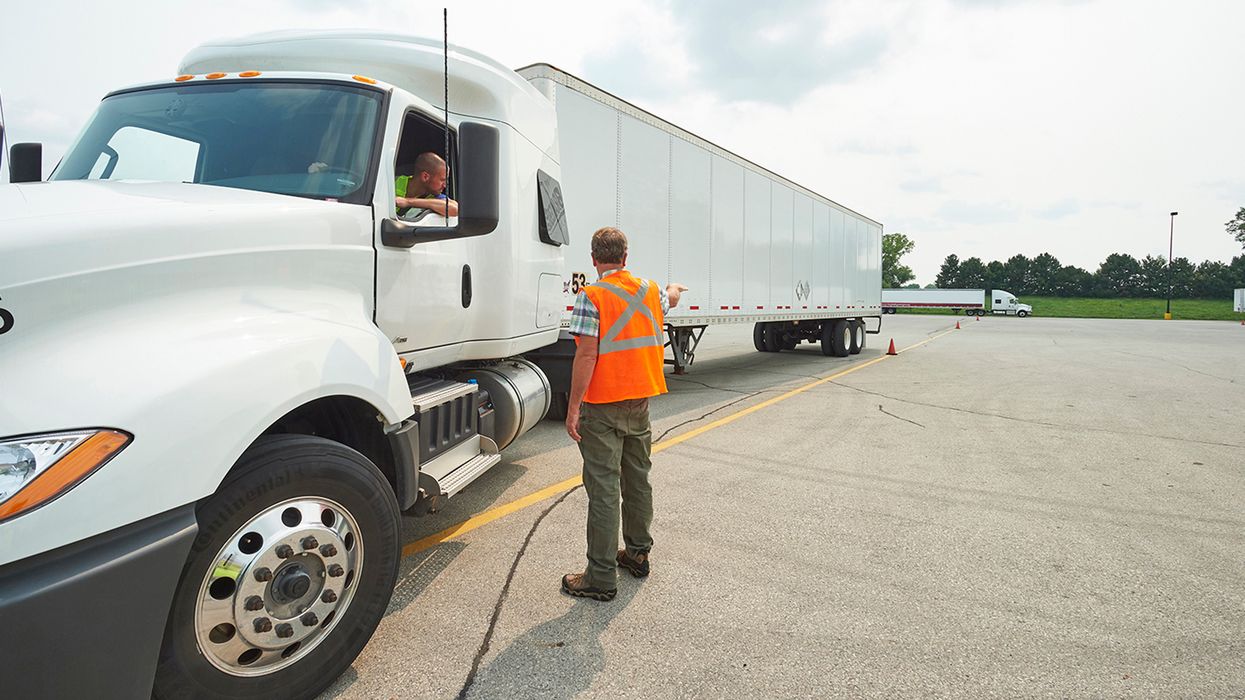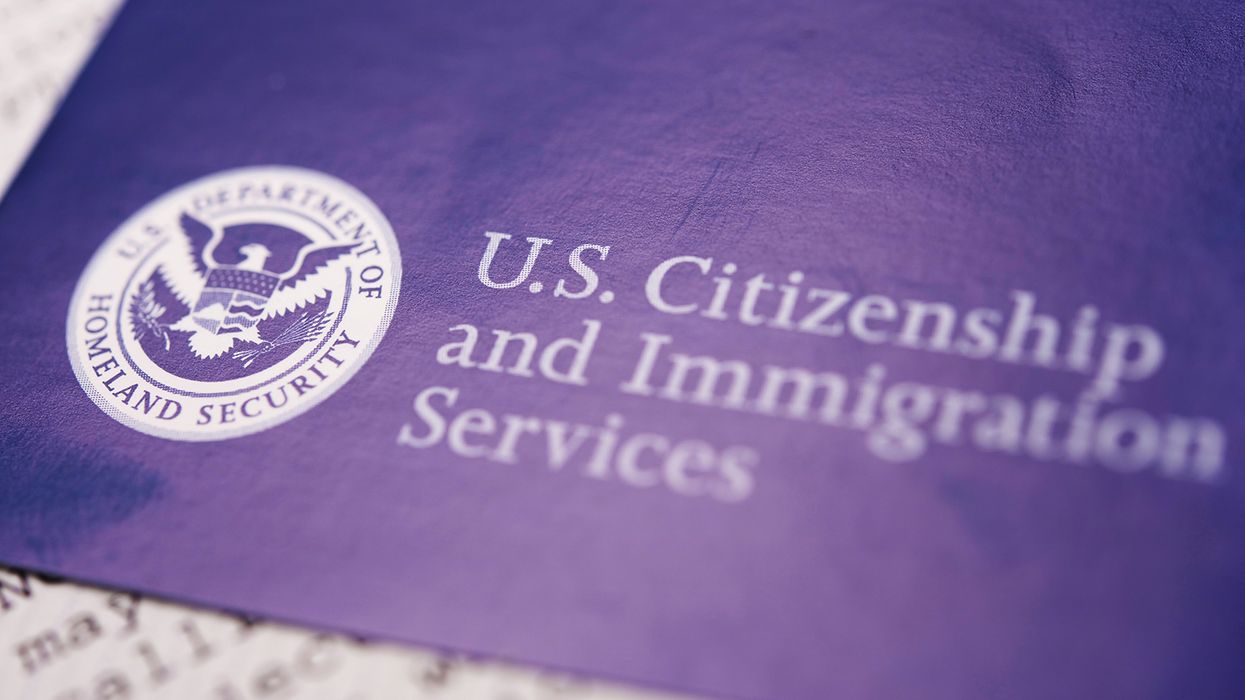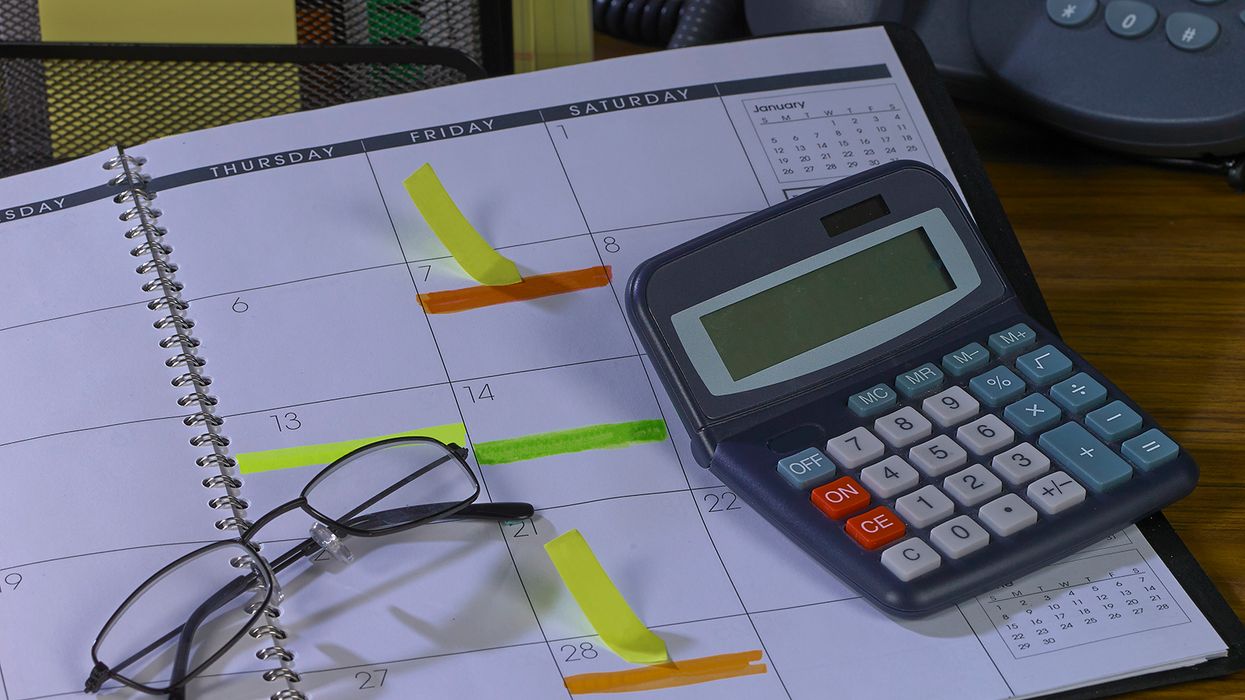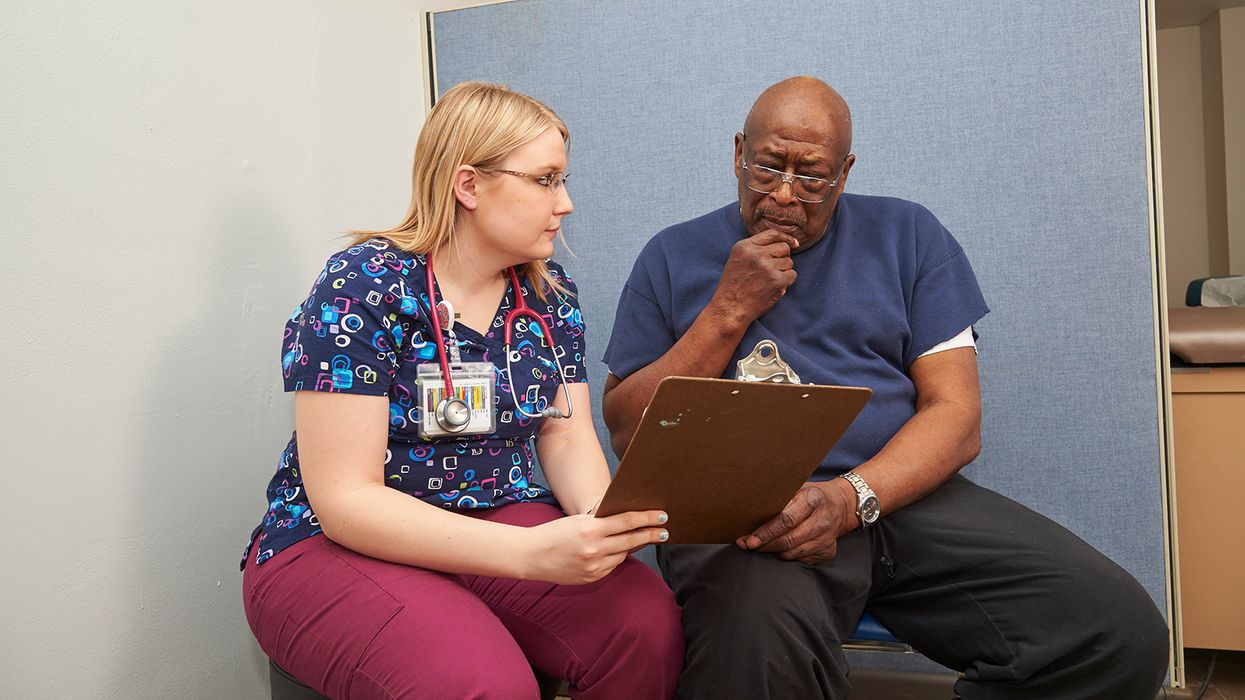Avoid explosive fireworks violations by following these simple steps
Transporting fireworks requires meticulous attention to safety protocols. Unfortunately, many individuals and organizations remain unaware of the hazards involved. By thoroughly understanding and adhering to hazmat rules, you can avoid violations and the associated fines.
Let’s delve into these guidelines to ensure the secure transportation of these explosive materials.
Increased precautions for transport
Consumer fireworks, due to their explosive nature, fall squarely within the hazardous materials category under federal transportation regulations. As a result, the transportation process differs significantly from handling general cargo.
When transporting fireworks, additional responsibilities come into play. These include proper identification, certified packaging, accurate markings, labels, and placards, correct documentation, reporting incidents, and having specialized training. It’s a comprehensive checklist that ensures compliance with regulations set forth by the Department of Transportation (DOT) and the Pipeline and Hazardous Materials Safety Administration (PHMSA).
Understanding these extra steps is crucial for safely packaging and transporting fireworks. So, let’s embrace the additional protocols and keep our skies ablaze with wonder while adhering to safety guidelines!
Steps for transporting fireworks
The Hazardous Materials Regulations (HMR) address the safe transport of explosives in commerce. Class 1 explosives are composed of various divisions—including Divisions 1.1G, 1.3G, 1.4G, and 1.4S. The HMR classify consumer fireworks as Division 1.4G explosives.
The following table describes the basic steps to safely transport these materials in commerce.
| How to comply with hazmat rules for fireworks | |
| Fireworks shipments |
|
| Shippers and carriers |
|
| Transport vehicles |
|
Violations to avoid
Some common violations and safety problems noted during compliance investigations include:
- No PHMSA hazardous materials registration,
- No hazmat placards,
- Limited or no hazmat training, and
- No CDL with a hazmat endorsement.
Need more information on violations? Check out this ezExplanation.
Protect your employees, the public, your cargo, and your business. With the threat of civil penalties up to $99,756 ($232,762 if a death occurs), it’s worth taking the time to follow the rules for safe transport of these materials.
Key to remember: Consumer fireworks qualify as Division 1.4G explosives and their safe transport is regulated by the Hazardous Materials Regulations.

